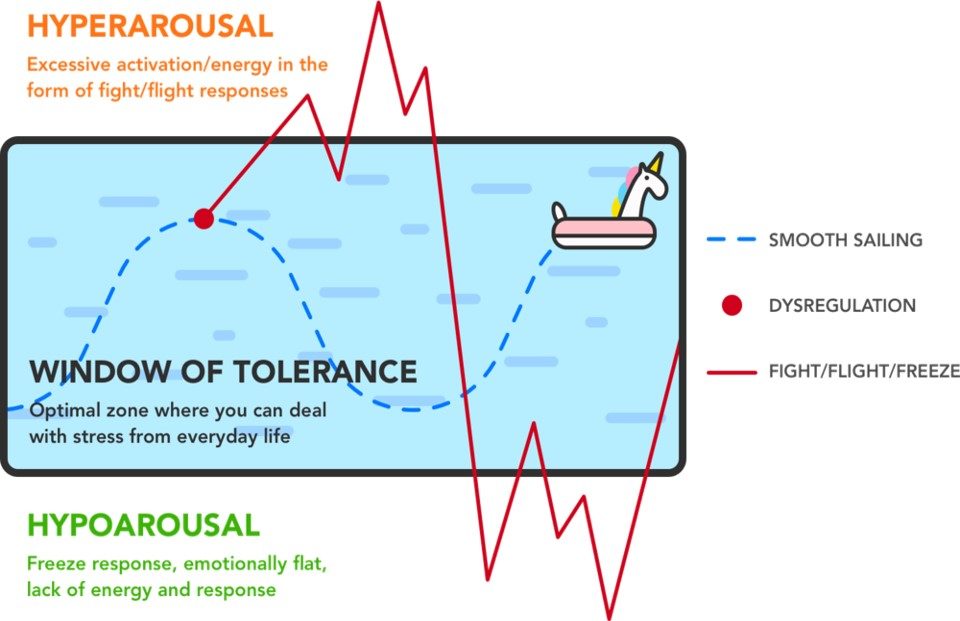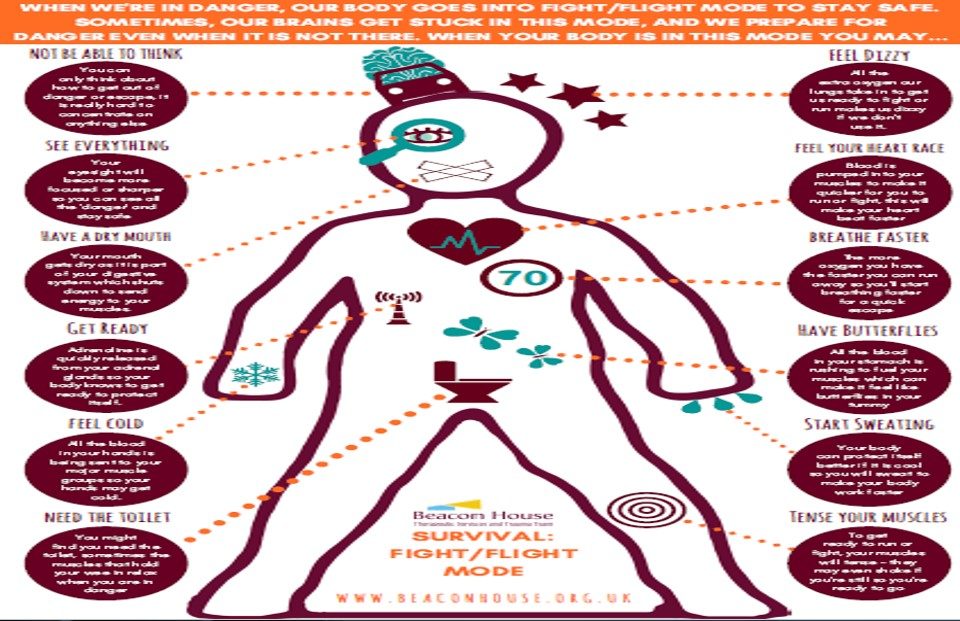Brain Development
The brain is organised in a hierarchical way. Here is the order that the brain develops as the child grows from birth to adolescence :
- Motor and sensory input (brain stem/mid brain)
- Attachment, emotions and behaviour (limbic brain)
- Thinking, planning, inhibiting & learning (cortical brain)
The brainstem – the primitive part of the brain – is responsible for keeping us safe. It is the part of the brain that makes us run away from danger, fight for our life or freeze inside; and it keeps us alive. This is very helpful for a child living in a dangerous environment. Their brainstem will constantly be on high alert, ready to keep them safe and to prevent danger. It does its job extremely well.
The problem for some children, who may have experienced trauma, is that when they transition into a safe environment, the primitive brain does not turn off, so the child stays continuously in survival mode. We see these children operating constantly in Fight/Flight/Freeze/ mode; and normal every-day events signal danger to their brain.
In such a situation, the child is developmentally stuck in their brain-stem, very little information can get passed up to the higher parts of their brain.
Whilst they are stuck here, they cannot form secure attachments; manage their emotions or behaviour; think, learn or reflect because they are simply trying to stay alive in a world that they feel is highly dangerous.
Image: Beacon House

Stress Responses
This visual summarises the typical stress responses we may see in our settings.

Window of Tolerance
The Window of Tolerance shows how our physiological state moves between hyperarousal and dissociation. Within the window of tolerance we can think, identify and express how we are feeling and experiences can be processed. It is a state where children can learn, play, relate to others and cope with small stressors. When something pushes us outside our window of tolerance we might be pushed up into a hypervigilant state (fight/flight response) or down into a dissociated state (freeze response).

Stress & The Body
We need to ‘normalise’ stress when talking to our learners – there are points in all of our lives when we will experience stress/fear/failure but it is how we cope with these events and the support mechanisms around us that make a difference.
We need to know the differences between types of stress and share that at an age appropriate level with our pupils.

Discussing the physiological symptoms of stress can be reassuring & make those sensations & feelings less scary when children & young people learn about how our bodies react to an increase in cortisol (the stress hormone).

Brain Stem Calmers
Our brains respond well to rhythmic, repetitive activities – as before we’re born we’re used to the steady beat of our mother’s heart. This creates a feeling of calm & safety. Instinctively we rock, pat and sway babies who are in distress.
The Brain Stem Calmer activities from Beacon House include ideas which are repetitive and soothing for children who may be experiencing stress or anxiety.
According to Beacon House, these activities should be :
- Relational (offered by a safe adult)
- Relevant (developmentally-matched to the child rather than matched to their actual age)
- Repetitive (patterned)
- Rewarding (pleasurable)
- Rhythmic (resonant with neural patterns)
- Respectful (of the child and family)
Examples include:
Tapping, breathing, movement, music, dancing, walking.

